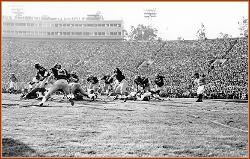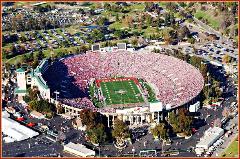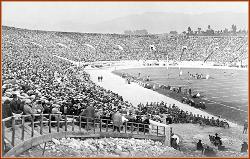



The Estádio Serra Dourada is a football stadium inaugurated on March 9,
1975 in Goiânia, Goiás, Brazil, with a maximum capacity of 54,048 people. It
was designed by the Pritzker Prize-winner Brazilian architect Paulo Mendes
da Rocha. The stadium is owned by the Goiás state Government, and is the
home ground of Goiás Esporte Clube and Vila Nova Futebol Clube.
History
Serra Dourada was completed in 1975 and was inaugurated on March 9 of
that year. It was one of the venues of the 1989 Copa América (America's
Cup). The stadium was also the neutral ground used by CONMEBOL in the
1981 Copa Libertadores group stage replay match between Flamengo of
Rio de Janeiro, and Atlético Mineiro of Belo Horizonte, in which the Rio de
Janeiro club was declared the winner by CONMEBOL, after five Atlético
Mineiro players were sent off by the referee José Roberto Wright.
The inaugural match was played on March 9, 1975, when Goiás State
All-Stars beat the Portugal national team 2-1. The first goal of the stadium
was scored by Portugal's Octávio. The stadium's attendance record
currently stands at 79,610, set in the inauguration match.
The inauguration of Serra Dourada opened the way for Goiás Esporte
Clube supremacy in the Goiás State Championship. From 1975 onwards
(the so-called "Serra Dourada Era") the club won the State Championship
seventeen times, while Goiânia, once the biggest team in the state, would
never win it again.
Portuguese
Nome Oficial: Estádio Serra Dourada
Capacidade: 60.000
Endereço: Jardim Goiás, s/nº - Goiânia (GO)
Inauguração: 09/03/1975
Primeiro Jogo: Seleção Goiana 2 x 1 Seleção Portuguesa
Primeiro Gol: Otávio (Seleção Portuguesa)
Recorde de Público: 79.610 (Seleção Goiana 2 x 1 Seleção Portuguesa)
Dimensões do Gramado: 110m x 78m
Proprietário: Governo do Estado de Goiás






